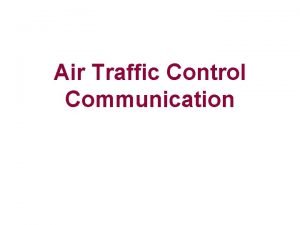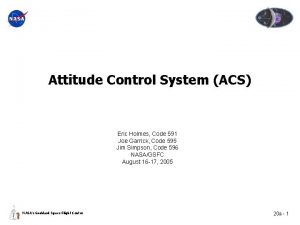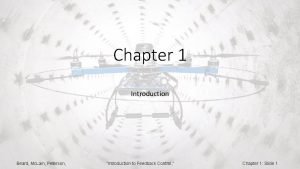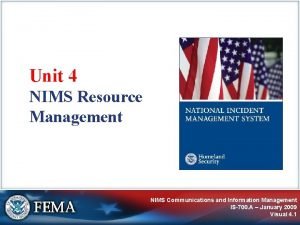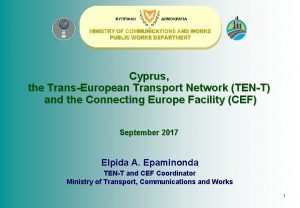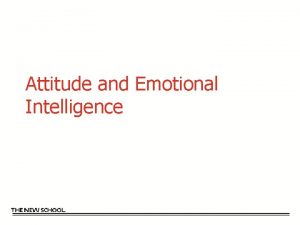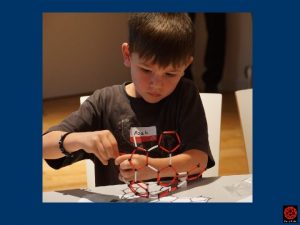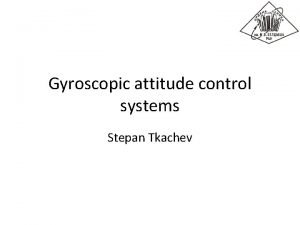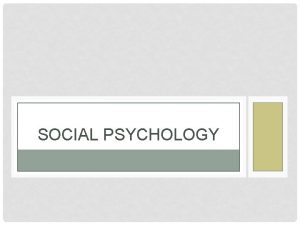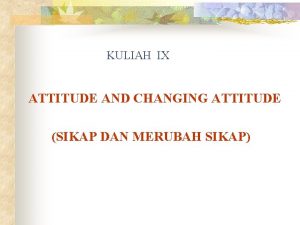Dynamics and Control z Attitude dynamics z Communications










- Slides: 10

Dynamics and Control z. Attitude dynamics z. Communications Pointing z. Thermal considerations Chris Heidelberger

Attitude Dynamics z Assumptions: -circular orbit (will be changed) -translation not affected by orientation -axially symmetric body z Nominal motion is stable z Large 5 degree perturbation is still stable. z Without maneuver, near inertially fixed orientation throughout orbit.

Orientation z Assuming fully extended tether and no influence from Earth or Mars. z May want to wait a few days after Earth launch until deploying the tether. z Similarly, reel in tether a few days before Mars arrival

Communications Pointing z Need dish to “follow” Earth for high bandwidth antenna. z Will a motor be able to move fast enough and precisely enough? z Will there be any black out periods during transfer? z Will there be a need for a maneuver to maintain pointing? Drawn by Chris Heidelberger

Setup of Problem z Orbital mechanics will tell us what W and w will be at any point in time. b now known. z Distance from Sun to Earth and spacecraft also known for any point in time. Drawn by Chris Heidelberger

Setup, part 2 z a, b, b, a, L known. z Can find c and e from law of cosines. z With e, can find z z z and a will add to f Drawn by Chris Heidelberger

Setup, part 3 z C, L, and f known. z Use law of cosines to find Y and g. z g is the final answer needed. z Matlab code to find g as a function of time and range of g. Drawn by Chris Heidelberger

Pointing during transfer z During 180 day transfer, no black out periods. During free return there doesn’t appear to be any, either (needs analysis). z There doesn’t appear to be large angles for pointing. z Further analysis needed after code is written.

Communications Conclusions z. Dish size will determine max range of pointing angle. This will determine whether a maneuver will be needed to maintain pointing. z 3 -d motor needed to spin dish. Rate will be determined after analysis. z. No black out periods during 180 day transfer.

Thermal Considerations z. Use similar methods to find percentage of time each part of the vehicle is exposed to the Sun and at what angles. z. This can be used to selectively place shielding and structures, lowering weight by not using full coverage when it isn’t needed. Sensitive objects can also be placed in low exposure areas.
 Atc communication
Atc communication Acs attitude control system
Acs attitude control system Lain peterson
Lain peterson Product control and process control
Product control and process control Negative vs positive control operon
Negative vs positive control operon Control flow errors
Control flow errors Track and report nims
Track and report nims Advantages of star topology
Advantages of star topology Ministry of communications and works cyprus
Ministry of communications and works cyprus Global marketing and communications
Global marketing and communications Data and computer communications 10th edition
Data and computer communications 10th edition
